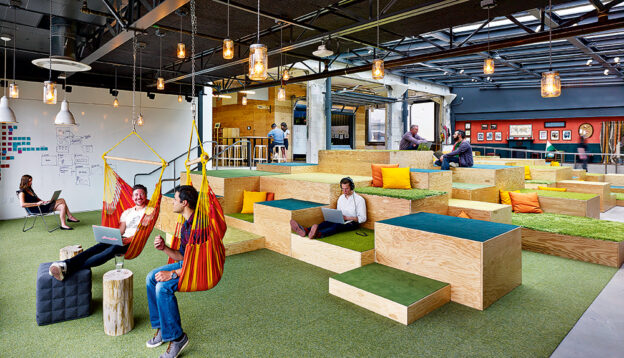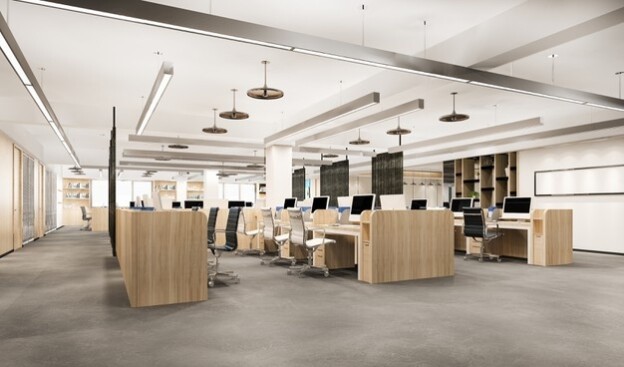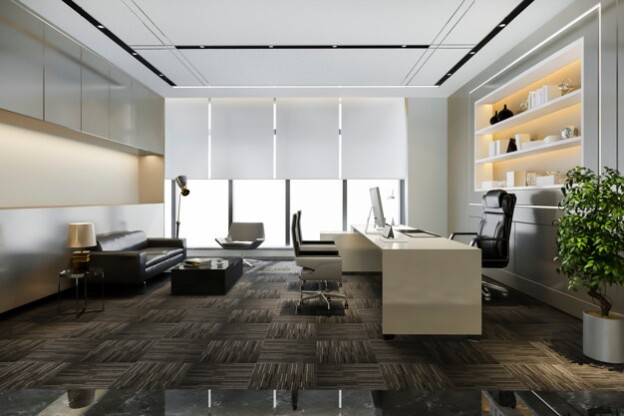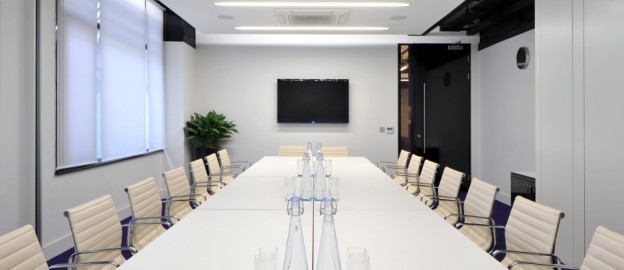The modern workplace is evolving, and the importance of office design in fostering productivity, creativity, and employee well-being cannot be overstated. Innovative office design services focus on creating environments that inspire and motivate, leading to higher efficiency and job satisfaction. Let’s explore how these services can transform your office into a dynamic and inspiring space.
The Importance of Office Design
Enhancing Productivity
A well-designed office can significantly boost productivity. Factors such as layout, lighting, acoustics, and ergonomics all play a crucial role in how efficiently employees can perform their tasks. Innovative design solutions can optimize these elements, creating a workspace that supports focus and efficiency.
Fostering Creativity
Creativity thrives in environments that stimulate the mind. Creative office design incorporates elements such as collaborative spaces, vibrant colors, and unique decor to spark innovation and out-of-the-box thinking. By fostering a creative atmosphere, companies can drive innovation and stay competitive.
Promoting Well-Being
Employee well-being is paramount for maintaining high levels of productivity and job satisfaction. Modern office design services prioritize the health and comfort of employees by integrating natural light, indoor plants, and ergonomic furniture. These elements contribute to a healthier work environment, reducing stress and fatigue.
Key Elements of Innovative Office Design
Flexible Workspaces
Gone are the days of rigid cubicles and fixed desks. Today’s offices benefit from flexible workspaces that can be easily reconfigured to meet changing needs. This includes open-plan areas, adjustable workstations, and multipurpose rooms that can be used for meetings, brainstorming sessions, or relaxation.
Collaborative Areas
Collaboration is essential in the modern workplace. Design services create dedicated spaces for team interactions, such as conference rooms, breakout areas, and informal meeting spots. These areas are equipped with the latest technology to facilitate seamless communication and collaboration.
Incorporation of Technology
Technology is a critical component of contemporary office design. From high-speed internet and advanced AV systems to smart lighting and climate control, integrating technology into the office environment can enhance productivity and convenience. Innovative design also includes creating tech-friendly spaces with plenty of charging stations and connectivity options.
Biophilic Design
Biophilic design is a trend that incorporates natural elements into the office space. This can include indoor plants, natural materials like wood and stone, and access to outdoor views. Biophilic elements have been shown to reduce stress, improve mood, and increase overall well-being, making them a valuable addition to any office design.
Ergonomic Furniture
Ergonomics is a crucial aspect of office design. Ergonomic furniture, such as adjustable chairs, sit-stand desks, and supportive accessories, helps prevent discomfort and injury, leading to a healthier and more productive workforce. Customizing furniture to meet the needs of each employee can further enhance comfort and efficiency.
Aesthetic Appeal
Aesthetics play a vital role in creating an inspiring work environment. A visually appealing office can boost morale and make employees feel valued. Design services focus on creating a cohesive and attractive aesthetic that reflects the company’s brand and culture, using elements such as color schemes, artwork, and unique decor.
Benefits of Professional Office Design Services
Expertise and Experience
Professional office design services bring a wealth of expertise and experience to the table. They understand the latest trends and technologies and can offer innovative solutions tailored to your specific needs. Their knowledge ensures that your office design is not only functional but also aesthetically pleasing and aligned with best practices.
Customized Solutions
Every business is unique, and so are its office design needs. Professional designers work closely with clients to understand their requirements, goals, and challenges. This collaboration results in customized design solutions that perfectly match the company’s culture, workflow, and objectives.
Efficient Project Management
Redesigning an office can be a complex and time-consuming process. Professional design services manage the entire project from start to finish, including planning, budgeting, sourcing materials, and overseeing construction. Their efficient project management ensures that the design is implemented smoothly and on schedule.
Cost-Effective Strategies
While hiring professional design services may seem like an additional expense, it can be a cost-effective investment in the long run. Experts can help you make the most of your budget by selecting high-quality, durable materials and avoiding costly mistakes. Additionally, a well-designed office can increase productivity and employee satisfaction, leading to higher profitability.
Conclusion: Transform Your Workspace
Innovative office design services are key to creating productive and inspiring environments that benefit both employees and the organization as a whole. By focusing on elements such as flexible workspaces, collaborative areas, technology integration, biophilic design, ergonomic furniture, and aesthetic appeal, professional designers can transform your office into a space that promotes productivity, creativity, and well-being.
Invest in professional office design services to elevate your workspace and experience the myriad benefits of a thoughtfully designed office. Transform your office into a dynamic environment that not only supports your employees but also reflects your company’s values and vision.



